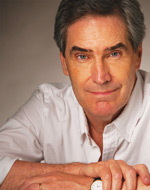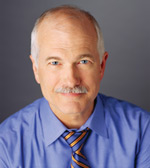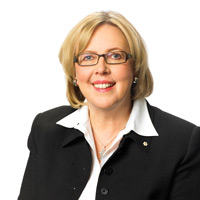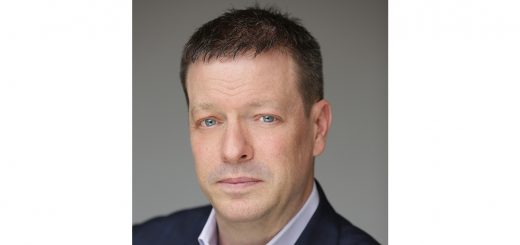Who are you voting for in the federal election?
by Rachael Frey
The Reflector
Canadians are getting ready to head to the polls on May 2 for the fourth time in only seven years.
The last three federal elections have resulted in minority governments, meaning a majority government has not been held since Jean Chrétien led the Liberal party in 2000. Voter fatigue and confusion over what the different parties actually stand for adds to the frustration many are feeling towards the political process.
With that in mind, here’s The Reflector’s “quick ’n’ dirty” guide to the key talking points leading up to the election.
If you’re not sure which party best matches your own beliefs and political opinions, check out CBC.ca and click on “Vote Compass,” an online quiz that asks questions about various political issues and then tells you which party you’re ideologically closest to.
Conservatives – Stephen Harper
The Conservatives are focused on keeping tax rates low to promote jobs and economic growth, while slamming the Liberals for forcing an “unnecessary election” and insisting that an Ignatieff-led coalition is imminent.
“Canada needs a stable national government that will protect our economic advantage,” Harper said in a release.
One Conservative attack ad ominously states, “They did it before. They’ll do it again,” about the possibility of a coalition. Keith Brownsey, a political science professor at MRU, said there is one thing we can be certain of: there will be no coalition, regardless of what Harper is saying.
Harper further emphasized his commitment to keeping taxes low by announcing the Conservatives, if re-elected, will establish tax breaks for small businesses and families.
“Thanks to our low-tax plan, the average Canadian family is already paying $3,000 less in taxes each and every year.”
Liberals – Michael Ignatieff
Families are high on the Liberal party’s agenda, and they stressed putting families “ahead of corporate tax cuts, jets and jails,” in a recent release.
(Not-so-subtle subtext: unlike the “mistaken priorities” of the Conservatives, who spent $30 billion on fighter jets, $13 billion on “mega-prisons” and $1 billion on the G20 summit photo-op, according to the Liberal release.)
The Liberals are itching to cancel Harper’s tax cuts for the largest corporations, and said they aim to redirect those funds into health and education initiatives.
If elected, they said they will enact EI and tax benefit programs to help families take care of their sick and elderly members.
The Liberals also announced the “learning passport,” a grant that will give low-to-middle-income students up to $6,000 towards their education. Brownsey said this means “the federal government, under the Liberals, would take an active role in post-secondary education.”
New Democrats – Jack Layton
The NDP platform identifies four key areas they intend to focus on: “making life more affordable, rewarding job creators, improving front-line health services and putting families first.”
Brownsey said, “The NDP, at least in the west, has finally figured out that their opposition out here is the Conservative party,” and he predicted that beating up on the Conservatives would be a big talking point for the NDP.
Layton said in a release: “Unlike our plan, Stephen Harper’s jobs policy is across-the-board tax breaks, even to large profitable companies shipping Canadian jobs overseas. It doesn’t work.”
The NDP also underscored their commitment to improving healthcare for Canadians by outlining a plan to hire 1,200 doctors and 6,000 nurses, which they are quick to say is a sharp contrast to Harper’s plan to hire only 100 doctors, or “one for every 50,000 Canadians going without.”
Greens – Elizabeth May
The Green Party is planning to “redefine national campaigns in Canada” by running a low-carbon online campaign that will utilize social media rather than “out-of-date, polluting travel.”
“This is the 21st century,” May said in a release. “A party leader today does not need to use planes and buses to speak to Canadians and, more importantly, to give Canadians the opportunity to speak with me.”
The Green Party lists the major threats Canada is facing as “the climate crisis, economic instability, increasing militarism and a growing gap between rich and poor.” They have outlined a plan they said will bring Canadians together by supporting “true democracy” and bringing transparency to government.
Aside from their obvious commitment to environmental issues, the Green Party is also focused on getting the other parties to take them seriously after May was not invited to participate in the first leader’s debate.








